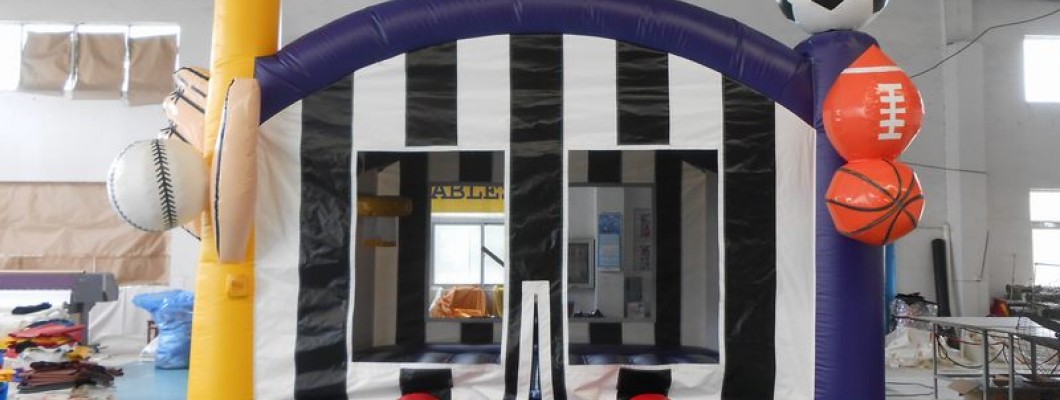
Setting up an inflatable near a lake or river can be a fun addition to outdoor events, but it requires careful attention to safety due to the unique challenges posed by these natural water bodies. Here’s what you need to know to ensure that your inflatable setup is safe:
1. Check the Inflatable’s Design
Before setting up, verify if your inflatable is designed for use near water. Many inflatables are intended for dry environments, and using them near large bodies of water may not be suitable. Refer to the manufacturer’s specifications to ensure that your inflatable is appropriate for such conditions.
2. Assess the Stability of the Ground
Ensure that the area around the lake or river where you plan to set up the inflatable is stable and dry. Soft, muddy, or uneven ground can affect the stability of the inflatable, making it prone to tipping or collapsing. Proper anchoring is essential to secure the inflatable and prevent accidents.
3. Keep Electrical Equipment Dry
All electrical components, such as blowers and extension cords, must be kept dry and away from the water. Water and electricity can be a dangerous combination, leading to the risk of electrical shock or equipment failure. Use waterproof coverings for electrical equipment if there is a chance of splashing or unexpected water contact.
4. Monitor Water Levels and Conditions
Keep an eye on the water levels and conditions of the lake or river. Rising water levels or strong currents can pose risks to the inflatable and its users. Avoid setting up if there are concerns about water fluctuations or if adverse weather conditions could impact water safety.
5. Maintain a Safe Distance
Set up the inflatable at a safe distance from the edge of the water. This helps to reduce the risk of the inflatable getting wet or being affected by water currents. Ensure that there is a clear and dry area around the inflatable to prevent slipping and maintain overall stability.
6. Supervise Users Closely
Active supervision is crucial when using an inflatable near a lake or river. Make sure a responsible adult is present to monitor the activity, manage the number of participants, and enforce safety rules. Supervisors should be vigilant about preventing dangerous behavior and ensuring that users do not venture too close to the water.
7. Regular Inspections
Regularly inspect the inflatable for any signs of wear or damage, especially if it has been in proximity to water. Look for leaks, tears, or any issues that might compromise the inflatable’s integrity. Address any problems immediately to prevent accidents or further damage.
8. Prepare for Emergencies
Have an emergency plan in place, including knowledge of how to quickly deflate the inflatable if needed. Keep a first aid kit on hand and be aware of the nearest medical facilities. Ensure that everyone involved knows the emergency procedures and can act quickly if an incident occurs.
Conclusion
Setting up an inflatable near a lake or river requires careful consideration and preparation. By ensuring that the inflatable is suitable for the environment, keeping electrical components safe, monitoring conditions, and providing close supervision, you can create a fun and safe experience. Always adhere to safety guidelines and manufacturer recommendations to minimize risks and ensure a successful event.
